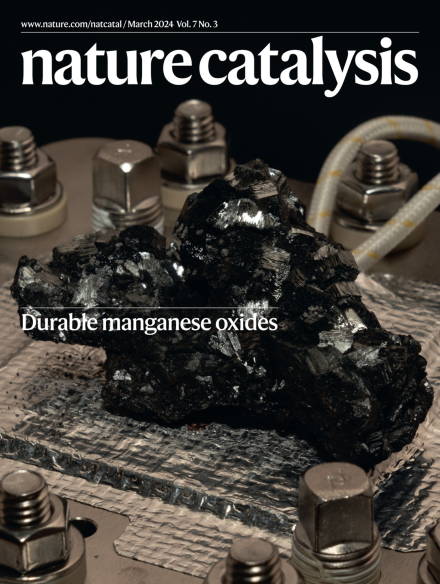
Read our March issue
Nature Catalysis covers all areas of catalysis, incorporating the work of scientists, engineers and industry. March issue now live.

Nature Catalysis covers all areas of catalysis, incorporating the work of scientists, engineers and industry. March issue now live.


Material–microbe hybrids represent an interesting class of catalyst with potential for high energy efficiency and product selectivity. In this Perspective the authors discuss some of the difficulties in understanding these interdisciplinary systems and the attempts to unify the approaches taken by different research communities to further the field.